Normally, newly sown rice, if flooded for a long time, will almost certainly have to be re-sown. The fear of crop failure covers the entire field. But reality has proven the different vitality of the TBR97 variety: as soon as the water recedes, the rice takes root quickly, recovers strongly, grows green evenly, dispelling worries about damage.

Not stopping there, at the stage of heading and flowering, the rice fields continue to face a strong outbreak of leaf rollers. However, the TBR97 rice variety still maintains its outstanding resistance, clearly limiting damage caused by pests and diseases, and growing stably.
After 90 challenging days, the TBR97 rice flowers were full of grain, bringing great joy to farmers. The yield reached 350 - 370 kg/500 m², equivalent to 70 - 75 quintals/ha, a very impressive number in the context of consecutive natural disasters and pests.
.jpg)
From initial worries, farmers in Sia 2 can now smile at the results. This year's Summer-Autumn rice crop not only brought high yields, but also left strong faith in the adaptability and tenacity of the TBR97 rice variety.
.jpg)
The TBR97 rice variety not only affirms its superiority in productivity, but also clearly demonstrates its resilience and endurance in harsh conditions, helping farmers feel more secure in the face of climate change and pests in the fields.
Not only in Hue city, ThaiBinh Seed's TBR97 rice variety has shown high efficiency in many provinces and cities such as Nghe An , Thanh Hoa, some provinces in the Central region and the Central Highlands. TBR97 rice variety can withstand intensive cultivation, has strong tillering, is strong, has moderate plant height, high density per panicle ratio, and is suitable for production of both crops per year. In particular, TBR97 variety can withstand heat, limits lodging, and is very suitable for summer-autumn crop production. TBR97 rice variety is less susceptible to pests and diseases and uses very little pesticides.
Instructions for sowing TBR97 rice variety:
Sowing season:
- North :
- Spring crop: February 1 – 10
- Crop Season: June 5 – July 5
- North Central Coast :
- Winter-Spring crop: January 15-30
- Summer-Fall Crop: May 15 – June 15
- South Central Coast & Central Highlands :
- Winter-Spring crop: December 20 – January 10
- Summer-Fall crop: May 15-30
- Southern region :
- Winter-Spring crop: November 15 – December 30
- Summer-Fall Crop: April 15 – May 30
- Autumn-Winter Crop: July 1 – August 15
Age of seedlings when transplanting:
- Winter-Spring and Spring crops: base seedlings have 2.5 - 3.0 leaves; medicinal seedlings have 4 - 4.5 leaves
- Summer-Fall crop: seedling 9-10 days; seedling 15-18 days
Planting density:
- 40 – 45 clumps/m²
- Each clump has 2-3 buds.
Direct sowing season:
- After sowing 5-7 days (refer to local crop calendar)
Fertilizer:
- Determine the type and amount of fertilizer according to the soil and season.
- Principles: Adequate and balanced fertilization, deep bedding, early and concentrated fertilization.
- It is recommended to use NPK specialized for rice according to the manufacturer's instructions.
Care & Pest Control: Follow the instructions of your local Department of Agriculture.
Source: https://baonghean.vn/giong-lua-tbr97-viet-nen-ky-tich-tren-dong-ruong-sau-mua-bao-10304976.html





![[Photo] Worshiping the Tuyet Son statue - a nearly 400-year-old treasure at Keo Pagoda](/_next/image?url=https%3A%2F%2Fvphoto.vietnam.vn%2Fthumb%2F1200x675%2Fvietnam%2Fresource%2FIMAGE%2F2025%2F12%2F02%2F1764679323086_ndo_br_tempimageomw0hi-4884-jpg.webp&w=3840&q=75)

![[Photo] Parade to celebrate the 50th anniversary of Laos' National Day](/_next/image?url=https%3A%2F%2Fvphoto.vietnam.vn%2Fthumb%2F1200x675%2Fvietnam%2Fresource%2FIMAGE%2F2025%2F12%2F02%2F1764691918289_ndo_br_0-jpg.webp&w=3840&q=75)







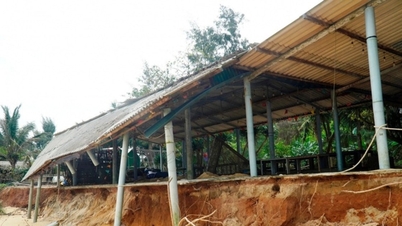

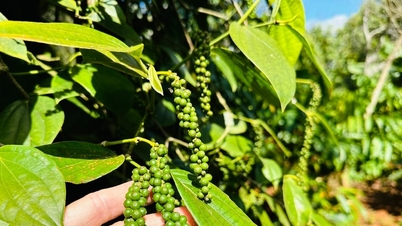

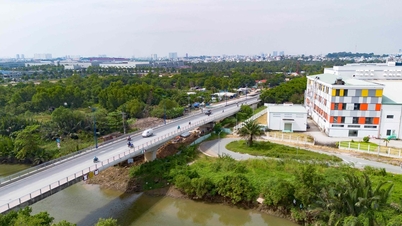











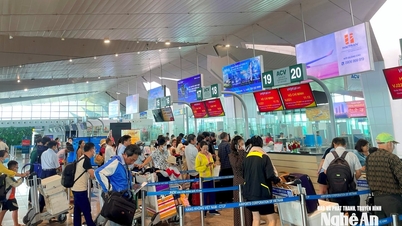

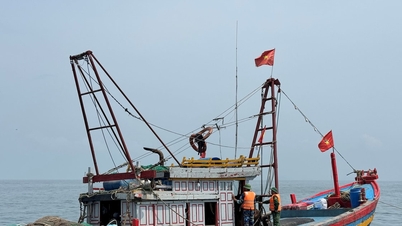

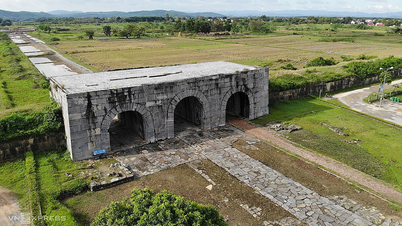





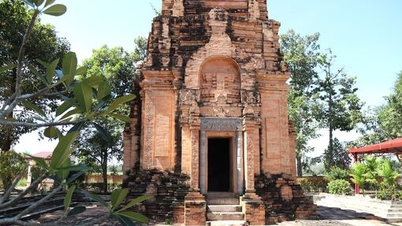

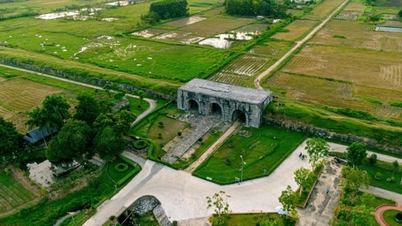













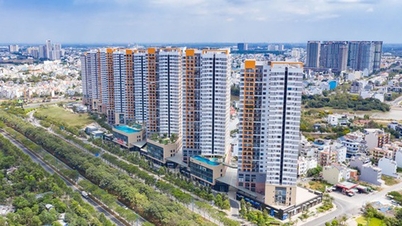




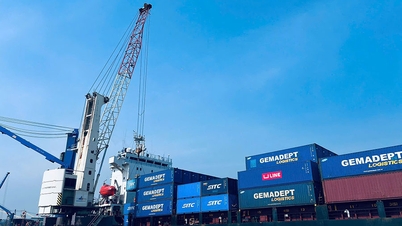








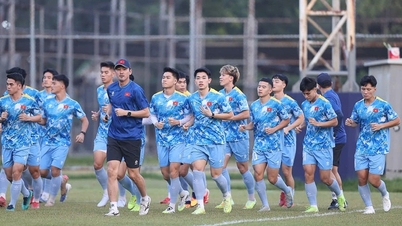







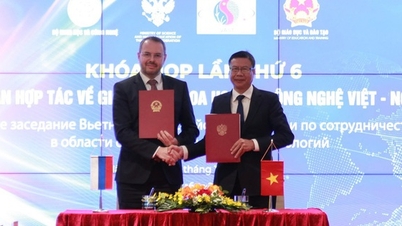






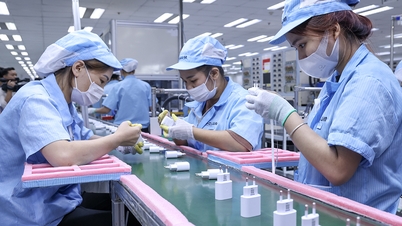






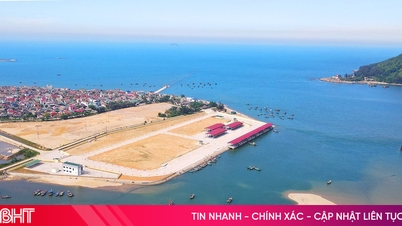

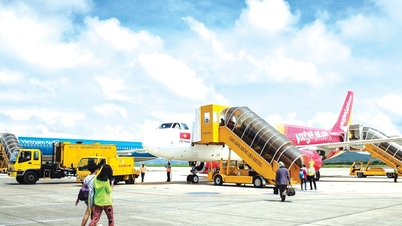













Comment (0)